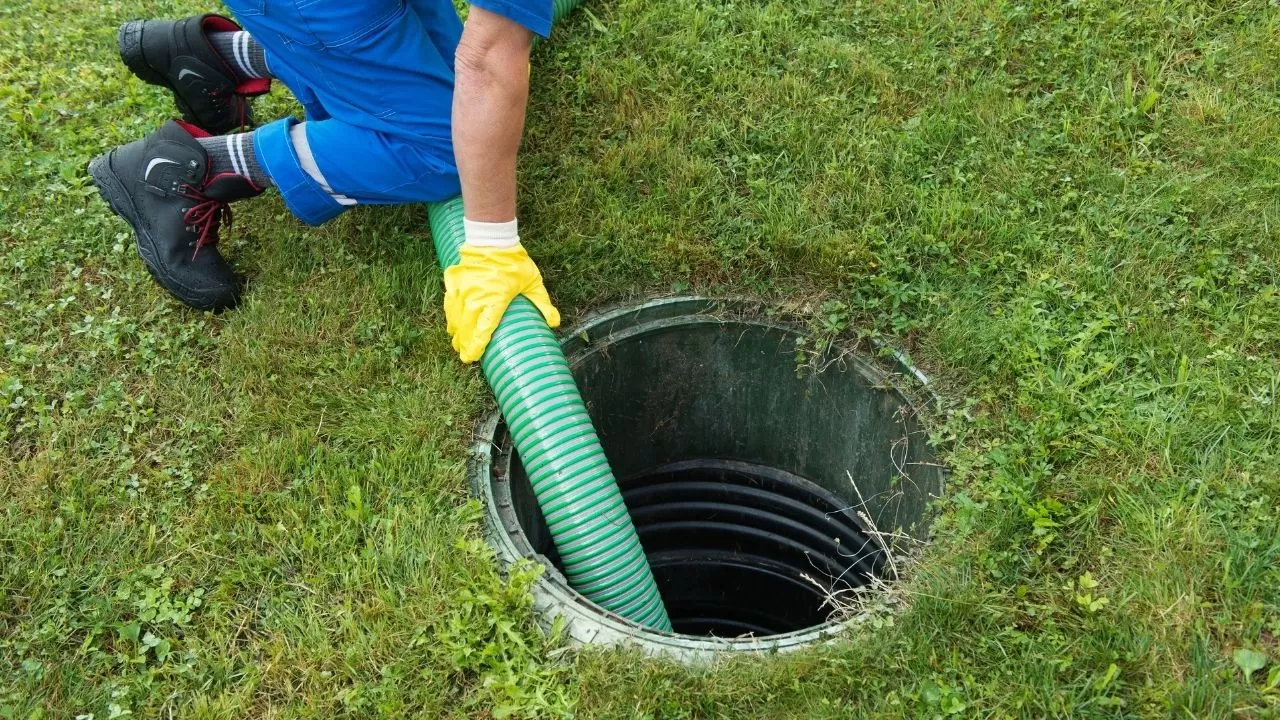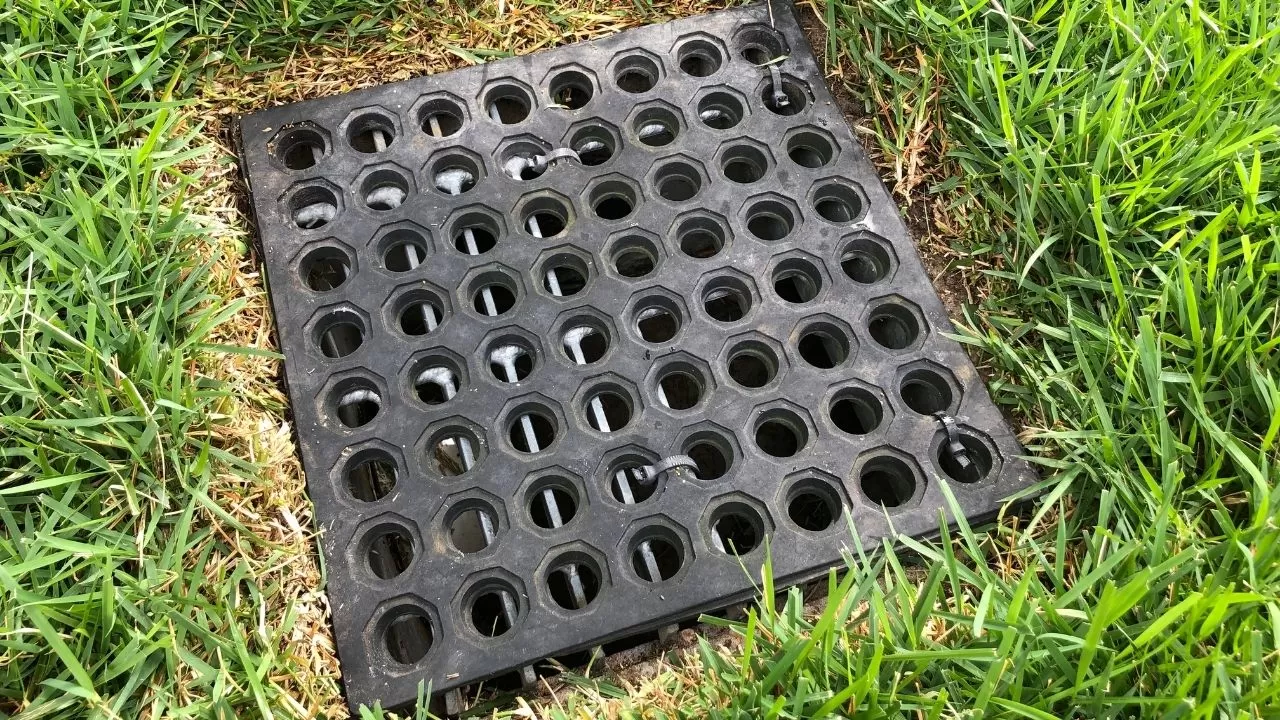When it comes to home improvement, one of the most frequent questions asked by new and existing homeowners is how to tell if your French drain is working correctly.
In addition to this, how to tell if your French drain is installed or not can also help determine the efficiency of your entire plumbing system.
While French drains are easy to install, they may be a source of worry for some homeowners, since there are times when drains fail in areas that are difficult to access, such as basements. If you need answers on how to do French drain work then keep reading.
French drains allow falling water to filter through the gravel set above the soil. This creates a channel that helps to disperse at any point you want. These drains also have the benefit of being entirely underground, letting you keep a good-looking front. However, there is a small question every homeowner has unsolved: how to tell if your French drain is working in the first place?
Here, we will provide you with four easy steps for you to identify how to tell if your french drain is working properly:
- Inspect your lawn
- Check the basement walls
- Examine your drain pipes
- Test the endpoint of your drain
Do You Think a Clogged Drain Can Be the Problem?

When you install a French drain, the most common problem is the gravel or silt you fill the trench with, as it can clog the drain itself.
To clean a french drain, use a pressure washer to run water with high pressure down the drain. Next, move the spray around to clean the sides of the pipe.
Installers often place the coarser gravel in the center and the finer on the sides to prevent this from happening. However, a more modern solution is using landscape fabrics, like geotextiles, to accomplish the same purpose with a more straightforward process.
How Can You Tell If Your French Drain Is Working Correctly?

Knowing if the storm drain keeps water away from areas you want to protect is very important. This will avoid any damages to your drainage system. If it is clogged, you can troubleshoot the problem and fix it before heavy rain season comes and becomes a more significant issue.
By following these steps, you can avoid drainage problems and perforated pipes to prevent water from standing ground level.
Inspect Your Lawn
The first telltale sign of a clogged drain is, of course, standing water. If you see surface water forming a pool on your lawn or some marshy areas, then you have either a clogged drain or have installed a French drain without enough inclination.
Check Your Basement Walls
One primary purpose of french drain systems is to protect foundations and basements. If you see water dripping through your basement walls, you can safely assume the storm drain is not working.
Check for mold, leaks, or moisture as the first sign of trouble, lest you end up with a basement flood and have to bring a sump pump to fix an enormous mess.
Examine A Section of The Pipe
Next comes inspecting the pipe itself. Choose an area you think could be clogged and dig up the gravel in the trench. If you see standing water in the channel or water flooding over the pipe itself, the storm drain is clogged.
However, if the gravel is somewhat dry, and there are no pools of water in the ditch, then the drain, or at least that section, is perfectly fine.
Test the Endpoint of the Drain
Lastly, you can check the drain endpoint. This can be a well or a pipe that leads into a gutter or similar disposal area. If this point is underground, uncover it.
Use a garden hose and direct water from a draining ditch around 15 to 20 feet uphill and let the water flow for a couple of minutes. When you see water flowing out of the pipe end, you will tell if the French drain is working as intended.
Extra tips: How to tell if your french drain is working?
Location
The first thing that should be considered is the location of the drain.
In most cases, drains are placed so that water will drain from your basement to the outside of your home, but this is not always the case. Drip routes must be determined to determine if water will run smoothly or not.
You should also consider any objects in the path of the pipe, such as wall studs, deck boards, and pipes in the foundation.
Types of drain
Once you know the location, it is time to start investigating the type of drain cleaning machine used. If you are doing the installation yourself, you will want to use the proper equipment.
Commercial grade equipment should be used for professional drain cleaning. This is especially important if you have a basement.
Make sure that you wear the proper safety equipment, such as gloves, safety glasses, and eye protection, while you are installing French drains. So, that you can limit the risk of injury or unwanted debris entering your drains.
Look for damage in the drain
Next, you will need to check the drain itself for damage.
French drains will often develop cracks or other types of damage. So, you will want to be sure that you take these signs seriously. If you see discoloration in the walls, you may have to replace the pipe with a new one.
If there are noticeable holes in the walls, this is also an indication that the drain is leaking. Look carefully at the floor of the basement to make sure that there is no sign of water damage, as this is a widespread problem with French drain cleaning systems.
Give Us a Call If You Need Professional Assistance!

Finally, you should have a professional come and test the drainage system. It is common for a drain to start draining properly but then stop altogether.
This is usually due to a clot developing in the pipe. It can often be rectified by simply cleaning out the pipes. If you cannot see any visible damage, it will be necessary to excavate the entire basement.
If you still wonder how to tell if your french drain is working properly, rely on the professional assistance Mi Jalisco has to offer. Give us a call, and we will assist you in no time. Provide your greenery the care it deserves with our landscaping services.



